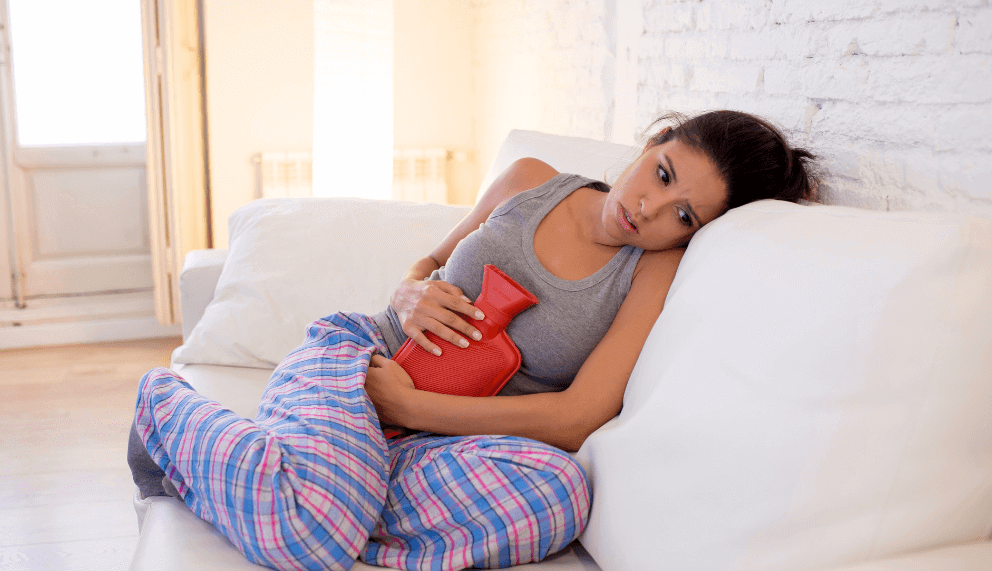Pain After Childbirth: What Is Normal And What Isn't?

Afterpains
Afterpains or afterbirth pains are cramp-like in nature and caused by post partum contractions of the uterus. Involution or contraction of the uterus starts immediately after childbirth and can continue for a period of six weeks until the uterus is restored to its original size and location. Oxytocin, the hormone responsible for involution, is released in larger amounts immediately after delivery and the pain is most intense then. Breast feeding also triggers the release of this hormone.
Hence, afterpain is likely to be experienced during nursing. It's important to urinate at regular intervals to ensure appropriate contraction of the uterus as prevention of uterine contractions; a full bladder can trigger afterpains. Afterpains are normal and signal the return of the body to its pre-pregnancy condition.
Achy Muscles
The processes of labor and delivery put a lot of strain on abdominal and pelvic muscles. These muscles need a few days to recover from childbirth. The pain experienced is normal and can be eased with the administration of painkillers and plenty of rest.
Let’s Glow
Glow is here for you on your path to pregnancy
Glow helps you navigate your fertility journey with smart tools, personalized insights, and guidance from medical experts who understand what matters most.
25+ million
Users
4.8 stars
200k+ app ratings
20+
Medical advisors



